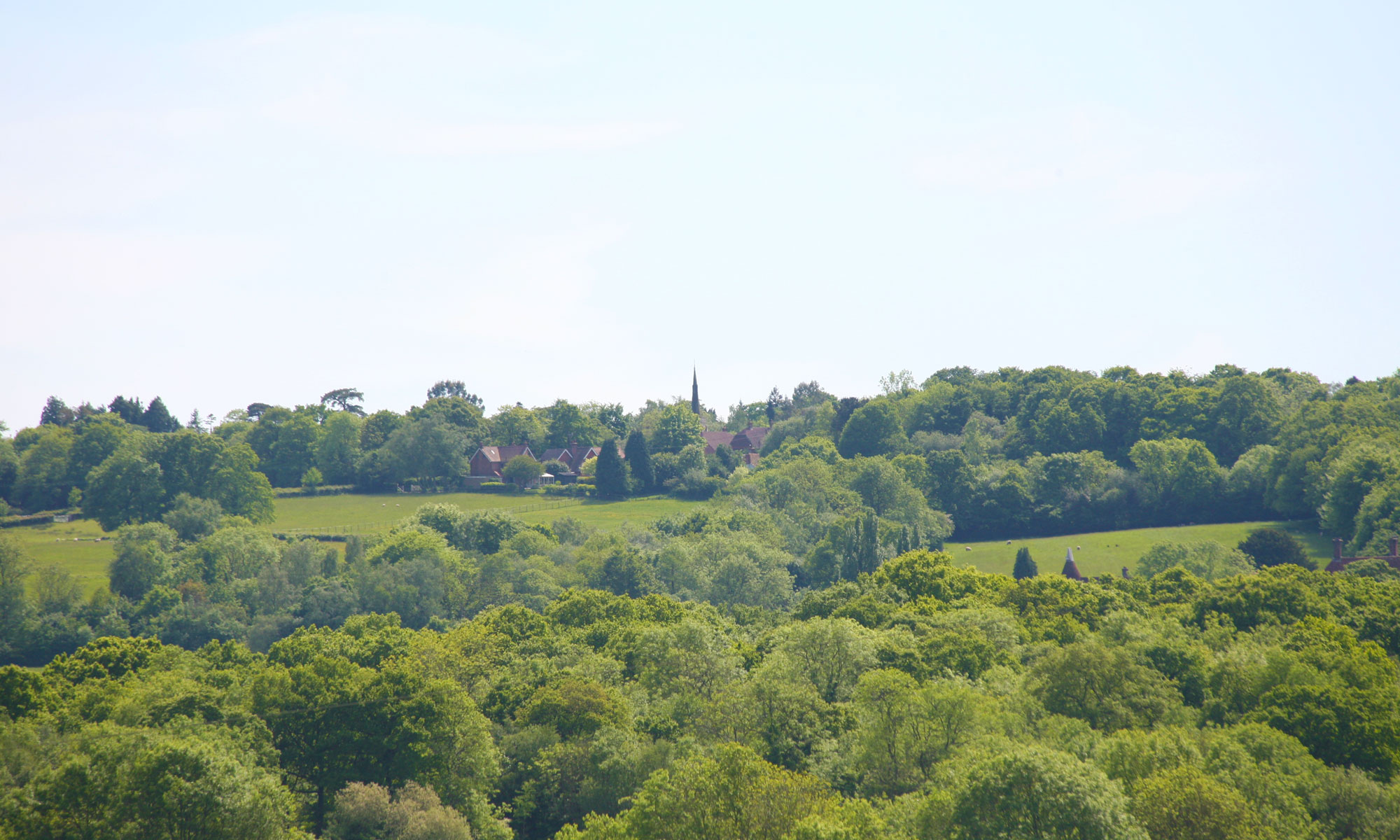2021 has been a challenging year for gardeners. (Predictive text offered “rotten year – even better! ). The cold spring followed by spells of heat, drought, night-time frosts and torrential rain left us and our plants puzzled as to what on earth to do for the best. Many seeds sown in the garden failed to germinate. Sowing in modules in the greenhouse is more reliable but we still had failures during the heatwave when the compost dried out quicker than we could rewet it. The difficulties were shared by many of you as illustrated by the greatly reduced number of entries to our August Annual Horticultural Show.
And yet. Amid all the gloom and doom, we have had our successes. Just a week after the Show, we were picking over a kilo of runner and French beans several times a week – after a late start and a third of the plants falling victim to slugs and snails: this has perhaps been our best year ever. Sweet peas were similarly prolific, providing more flowers than we could possibly use.
Disasters included potatoes. These didn’t like the cold weather and a long spell of drought resulted in the poorest crop ever. Some shallots never started to grow, and apart from a handful were small miserable things – we harvested just 700g for the entire year. Aubergines started well, smothered in flowers and growing strongly in the polytunnel. We watched the first fruit grow to an impressive size. And that was it. Two more appeared, but much smaller. Four plants produced just three aubergines!
Tomatoes like every other plant started late, and despite being under cover two died from night frosts. By the end of July when we would normally be overwhelmed, we were picking them in small handfuls. Our giant Italian beefsteak variety Riogordo started well and early, with a whopping tomato weighing 1.2kg. Slowly the others – Gardener’s Delight, Ailsa Craig, Golden Sunrise, and our old favourite ‘Heritage’ Green Zebra and Black Cherry got into the act. Glorious, but all too short. By mid September we spotted the first signs of blight. There’s no cure for blight, which usually arrives during damp weather. Watering the base rather than wetting the leaves helps, and there are a few varieties which are claimed to be blight resistant. There is some evidence that a very weak solution of bicarbonate of soda mixed with a splash of oil and a very little soap can give some protection if sprayed on the plants during the early stages of growth. Worth a try next year?
Chelsea Flower Show was for the first time held in the autumn, and so was able to showcase an entirely different range of plants. Prominent on the stands were the daisies that come into their own during September and October. As a result garden centres were overwhelmed with requests for Rudbeckias Asters and Heleniums. At Rose Cottage Aster frickartii Monch has a cherished spot opposite the Summerhouse, its pale lilac flowers contrasting nicely with a nearby and now name-forgotten yellow flowered perennial. We also have the perennial sunflower Helianthus Lemon Queen . It’s really in the wrong place and over the years we’ve tried to dig it up, but it always comes back. Such persistence has to be rewarded – also we’ve belatedly come to appreciate having a plant in the garden that doesn’t require constant nurturing to keep it alive. Finally we have Aster novae-angliae ‘Lye End Beauty’ the latest to bloom.
Garden jobs for December.
Several trees including silver birch trees walnut, maple, hornbeam, laburnum, magnolia, poplar and grape vines can bleed if pruned at the wrong time of year, so if you need to do it, do it now!
Now’s a good time to plant trees and shrubs. From late summer through winter and spring are the best times provided the soil isn’t frozen or waterlogged. Dig a planting hole no deeper than the roots but at least three times the diameter of the root system. If the sides of the planting hole are compacted, break the soil up with a fork before planting. Place the tree or shrub in the planting hole.
Sprinkle mycorrhizal fungi on the roots and the planting hole; this helps trees and shrubs to establish better. Place the tree or shrub in the planting hole to the same depth it was in the pot. Refill the hole and water well. Keep an eye on it for the next few months and water if necessary.
This is my last garden column. It’s been a privilege and a pleasure to write it over 20 years, and I’ve really appreciated the positive feedback from so many readers. I’m pleased if I have been able to help with some of your gardens, especially if I have been able to encourage some to adopt wildlife friendly practices. But it’s now time to hand over to a younger – and more energetic! – gardener. Best of luck and keep on gardening.
GOODBYE Ken Mines
Ed. So sad to hear that this will be the last of Ken’s gardening columns. I’m sure everyone will want to thank him for the information and inspiration he has given our village gardeners for many years

